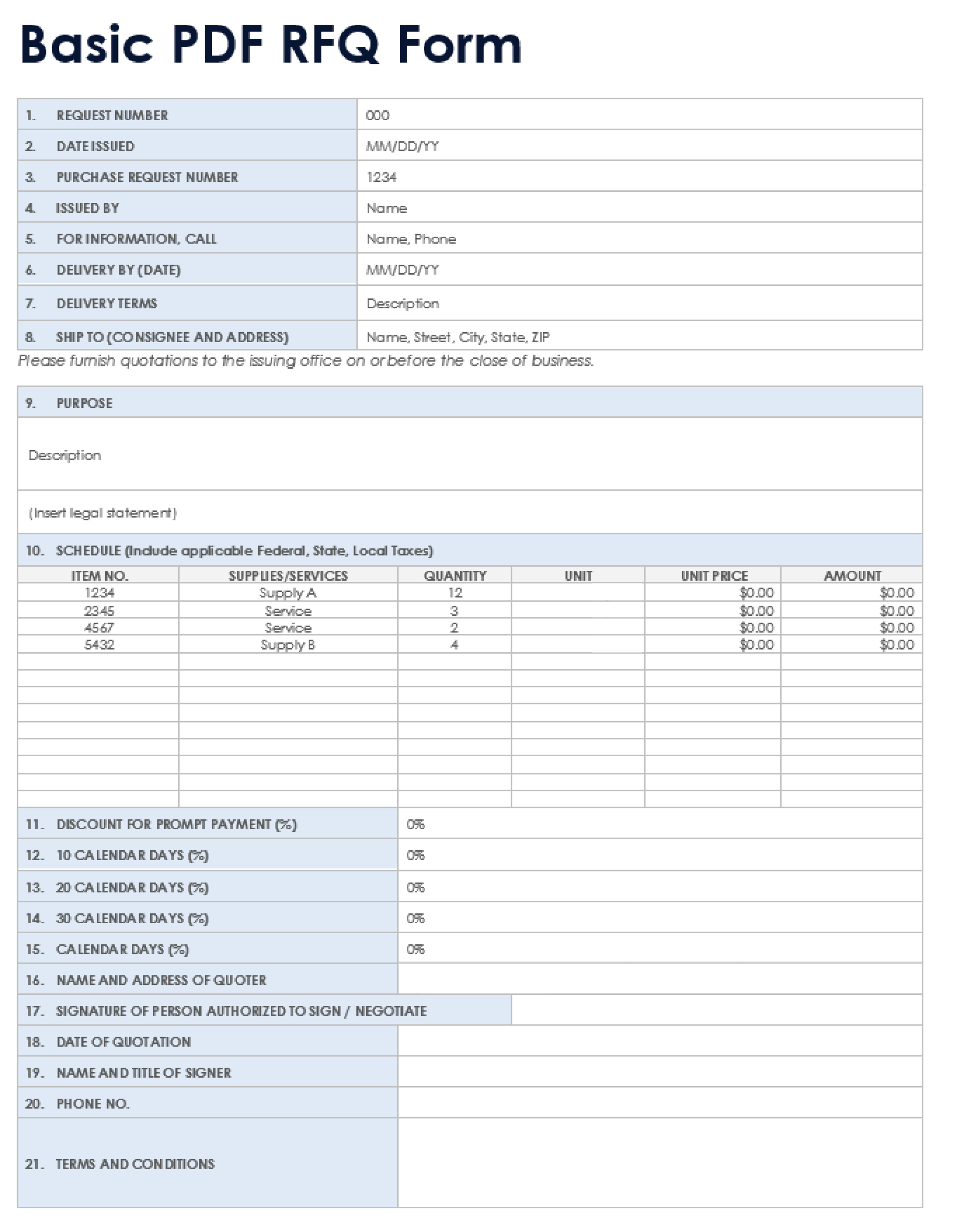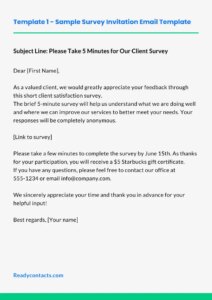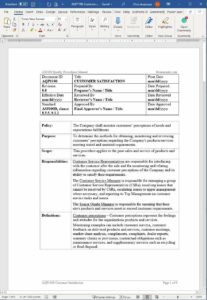Utilizing such a structured approach promotes transparency and fairness in supplier selection. It helps businesses obtain competitive pricing, facilitates informed decision-making, and streamlines the process of acquiring needed goods or services, ultimately contributing to cost savings and operational efficiency.

The following sections will delve deeper into the key components of these documents, best practices for creation and utilization, and examples of various formats to suit different business needs.
Key Components
A well-structured document ensures clarity and facilitates effective responses from potential suppliers. Several key components contribute to this structure.
1. Company Information: Clear identification of the issuing organization, including full legal name, address, and contact details.
2. RFQ Date and Number: Unique identification for tracking and record-keeping purposes.
3. Description of Goods/Services: Detailed specifications of the required items or services, including quantities, quality standards, and performance expectations.
4. Submission Deadline: Clear deadline for vendors to submit their quotations.
5. Delivery Requirements: Expected delivery timeframe and location(s).
6. Payment Terms: Specified payment methods and schedule.
7. Terms and Conditions: Standard legal and commercial terms governing the transaction.
8. Contact Information for Inquiries: Designated contact person for vendors to address questions or seek clarifications.
These elements ensure a comprehensive and transparent process, enabling vendors to provide accurate and comparable quotations.
How to Create a Request for Quotation
Creating a well-structured document is crucial for obtaining accurate and comparable bids from potential suppliers. The following steps outline the process.
1: Define Requirements: Clearly specify the needed goods or services. Detailed specifications, including quantities, quality standards, and performance expectations, are essential.
2: Identify Potential Suppliers: Research and select potential vendors capable of meeting the specified requirements.
3: Draft the Document: Use a standard template or create one tailored to specific needs. Include essential components such as company information, RFQ date and number, detailed description of goods/services, submission deadline, delivery requirements, payment terms, and contact information.
4: Review and Approve: Ensure the document is reviewed internally for accuracy and completeness before distribution.
5: Distribute the RFQ: Send the document to identified potential suppliers, providing clear instructions for submission.
6: Manage Responses: Collect and organize received quotations, ensuring all submissions are complete and comply with the stated requirements.
7: Evaluate and Select: Analyze received quotations based on pre-defined criteria such as price, quality, delivery time, and vendor reputation. Select the most suitable supplier based on a comprehensive evaluation.
8: Finalize and Award: Communicate the decision to the selected supplier and finalize the contract terms.
A systematic approach to document creation and distribution, combined with thorough evaluation of responses, ensures a transparent and efficient procurement process, leading to informed decision-making and optimized resource allocation.
Standardized documents for requesting quotations serve as a cornerstone of effective procurement. They provide a structured framework for soliciting and comparing bids from potential suppliers, ensuring transparency, fairness, and informed decision-making. Key components, including detailed specifications, clear deadlines, and comprehensive terms and conditions, contribute to a robust process. A well-defined creation and distribution process, followed by thorough evaluation of responses, enables organizations to optimize resource allocation and secure the best value for their investments.
Leveraging these structured documents empowers organizations to navigate the complexities of procurement with greater efficiency and control. Adopting best practices in their creation and utilization contributes to cost savings, risk mitigation, and stronger supplier relationships, ultimately enhancing overall business performance and competitiveness in the marketplace.

